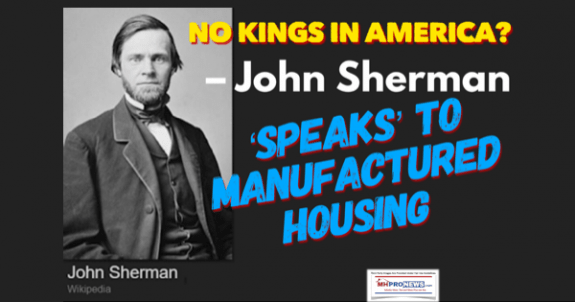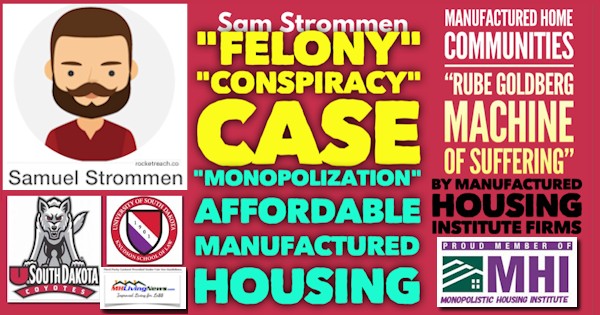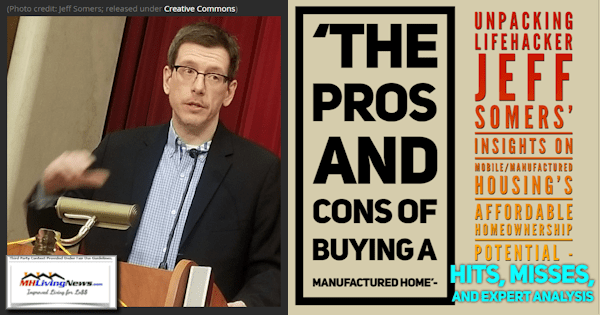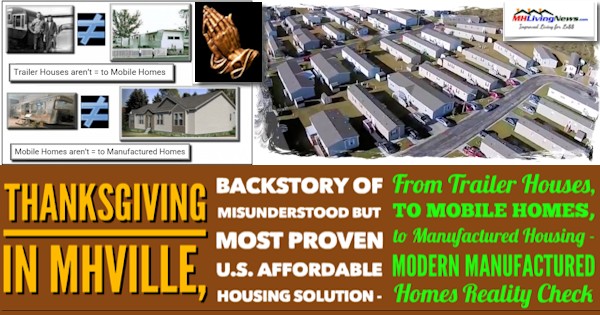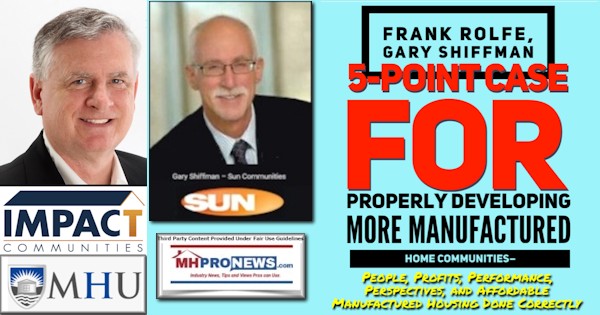
1) Apparently notorious Frank Rolfe with Impact Communities/”Mobile Home U” has argued that there ought to be no new ‘mobile home parks’ developed. What Rolfe calls ‘mobile home parks’ are often more properly known today as manufactured home communities. In fact, more manufactured home communities, both land lease and fee simple, ought to be developed for reasons that include the risk of destabilization of land lease segment of the manufactured home community industry. The report, fact check, analysis and expert commentary linked here reveals why that Rolfe-ism against new developing is upon careful examination a mostly self-serving perspective. It is thus a good first point in reverse for why new manufactured home communities ought to be developed. Indeed, manufactured home communities ought to be developed in a robust fashion. Bipartisan research has shown the financial benefits of developing and redeveloping manufactured home communities as affordable manufactured home site locations. But they should be done by people of good will who grasp the traditional free enterprise notion that serving the public well is how positive-referrals, profits, and pure professional performance are fostered.
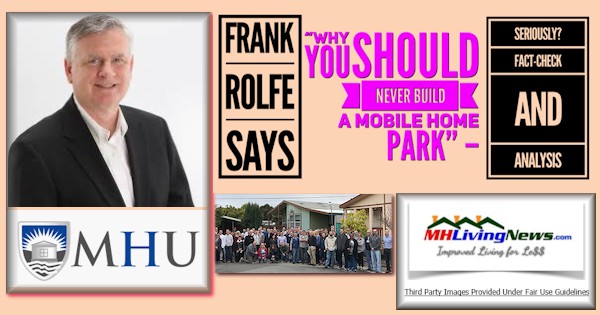
2) Gary Shiffman is the Chairman and Chief Executive Officer (CEO) of Sun Communities (SUI), a publicly traded firm. Like Rolfe and Dave Reynolds led Impact Communities, Sun is a Manufactured Housing Institute (MHI) member of that organization’s National Communities Council (NCC). Shiffman has told investors during one of his firm’s earnings calls that there are clear examples that can be identified when manufactured home communities can be more profitably developed as a greenfield (new, ground-up) project than existing land-lease communities can be purchased as part of the mergers and acquisitions (M&A) drive to size.
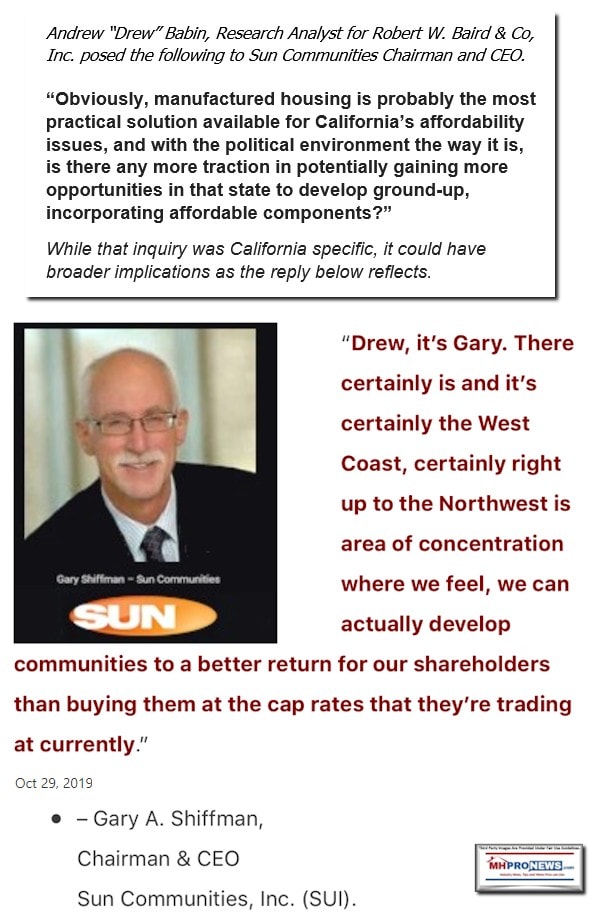
3) Then there is the research done in the state of Minnesota by the Manufactured Housing Working Group. Their research made it plain that manufactured home community sites with new HUD Code manufactured homes could be developed and produced at a lower cost per unit than multi-family conventional construction could achieve. While that research is now a few years old, and thus the costs would need to be adjusted upwards due to the effects of inflation in DINO-Bidenville, the principles and percentage of savings would still effectively hold true.
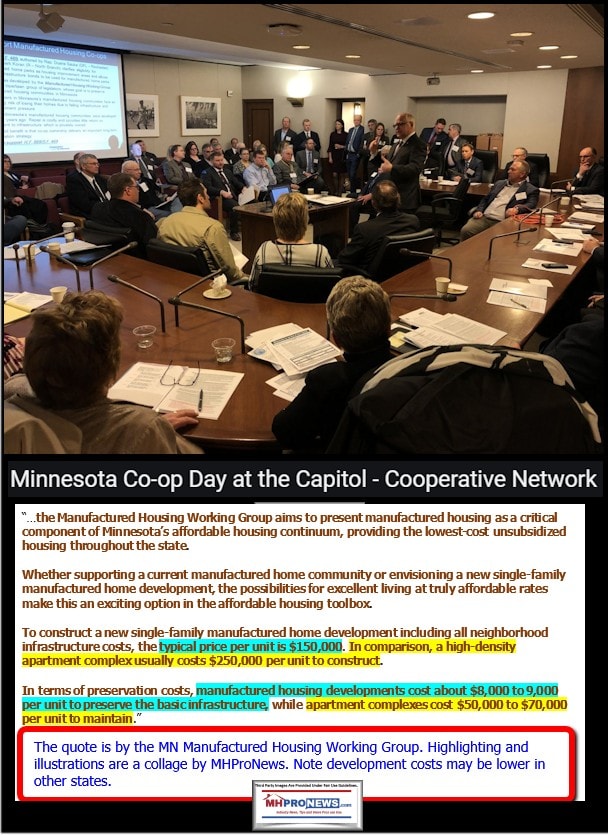
4) Publicly traded Legacy Housing (LEGH) is making a similar case for the development of new manufactured home communities. They are investing millions of dollars to address what their Executive Chairman Curtis “Curt” Hodgson has called the manufactured home industry’s “place to put” problem. MHProNews raised that concern at what became its last Manufactured Housing Institute (MHI)) meeting attended. When the math makes it plain that occupancy is rising toward capacity in most manufactured home communities, and zoning-placement problems commonly persist elsewhere, Hodgson’s position is stating the obvious.
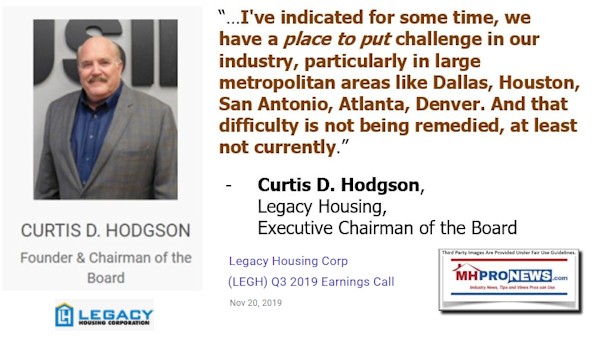
5) Then, there is the argument that has been tepidly advanced by MHI (tepid as in for posturing show purposes as opposed to sincerely) but has long been authentically promoted by their smaller national association rival, the Manufactured Housing Association for Regulatory Reform (MHARR). MHARR was initially founded by independent producers of HUD Code manufactured homes who recruited an ex-MHI vice president, Danny Ghorbani. Ghorbani, per his RV-MH Hall of Fame induction page, played a key role in developing an estimated 200,000 new manufactured homesites. So, the man ought to know something about developing homesites in volume. On paper MHI, and more authentically MHARR, both say that manufactured housing enjoys the benefits made possible by the federal Manufactured Housing Improvement Act (MHIA) of 2000. The MHIA has a provision known as “enhanced preemption” which was supposed to be used by HUD to overcome zoning/placement hurdles established by local jurisdictions seeking to bar placement for HUD Code manufactured homes. While that federal preemption authority has not been asserted by HUD officials often thus far, that federal preemption over local zoning is still federal law. That means it could be a key to tapping into both private and public-private partnership funding opportunities to overcome local zoning/placement/development barriers.
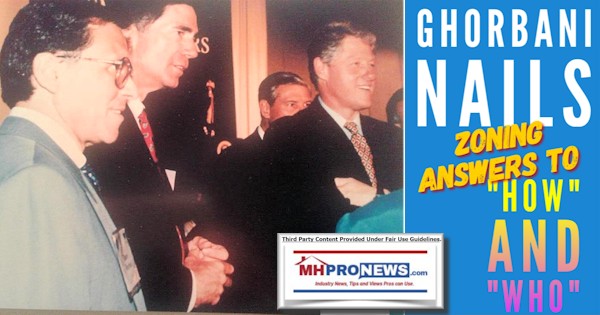
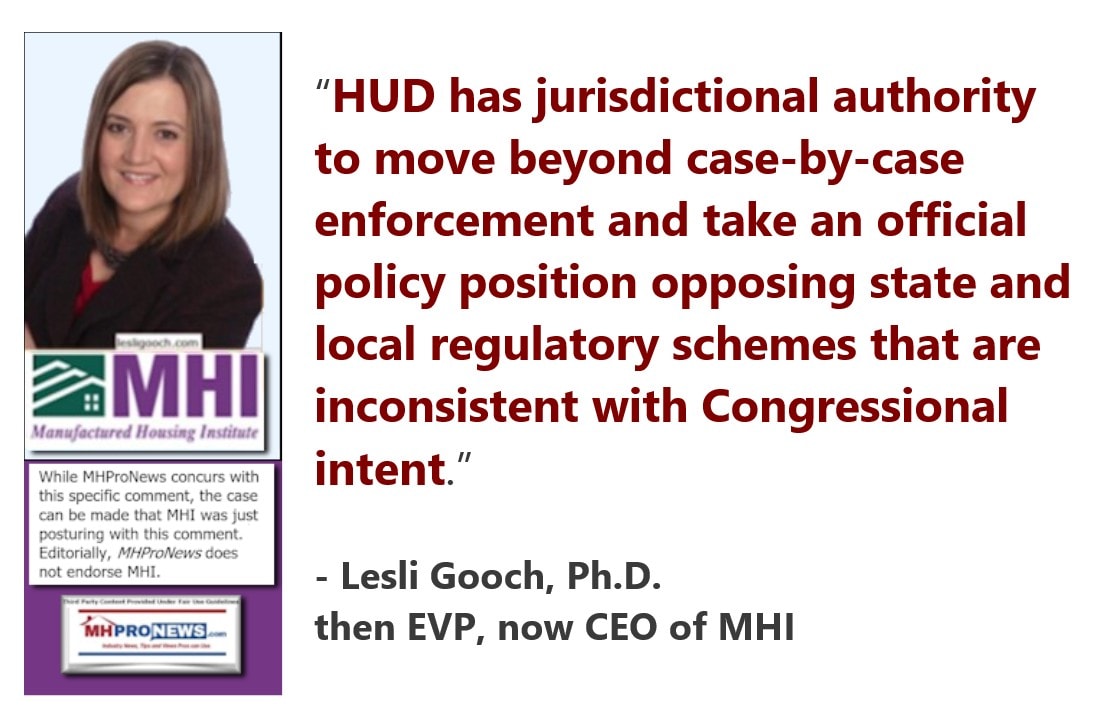
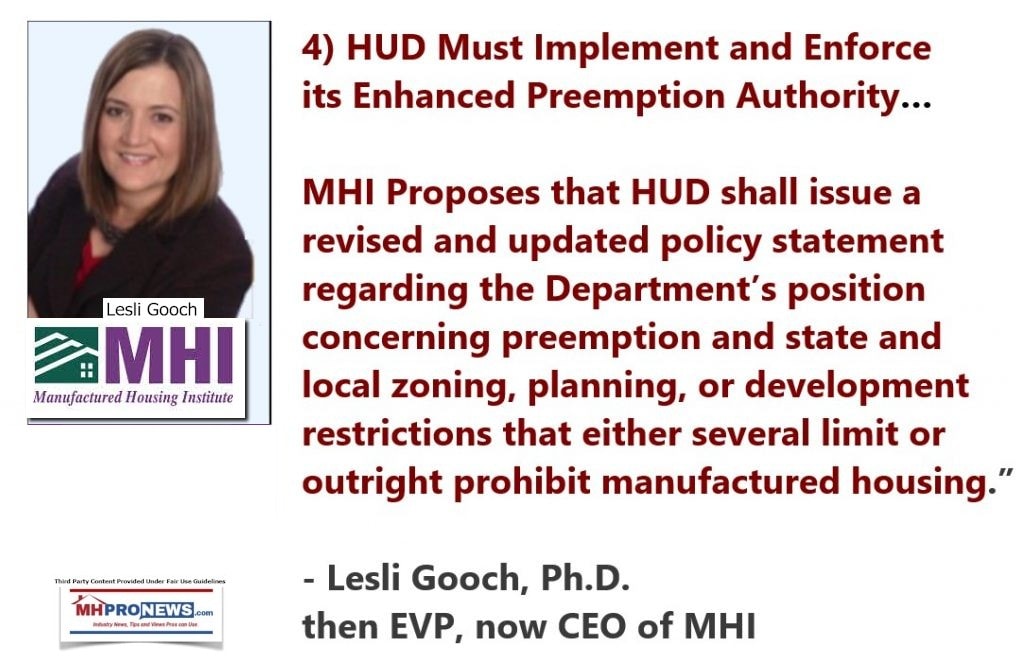
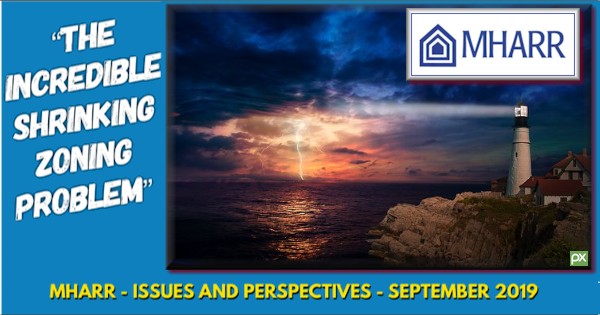
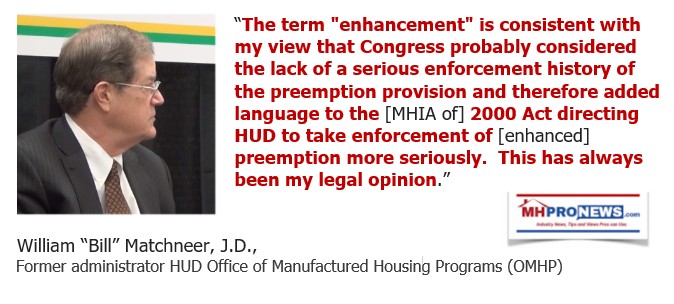
Summary and Added Insights to the 5 Points
There you have it. In about 600 words plus illustrations/captions, the above is an evidence-based case for why developing new manufactured home land-lease communities should be a focus for all those who sincerely want to see more affordable housing. More specifically, developing successful legal protocols for implementing the MHIA’s “Enhanced Preemption” provision so routinely that local jurisdictions get the message and cooperate ought to be a goal for the generous use of modern manufactured homes to foster more affordable homeownership and related opportunities.
Note: in several browsers and devices the image below can be enlarged to a larger size.

There are reams of research along with books that have been – or could be – written about the various ways projects could tap into the MHIA along with other existing federal and state laws or programs that promote affordable housing in general or manufactured homes more particularly.
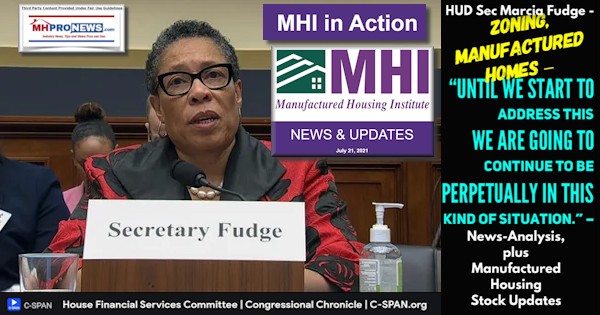
Professionals, public officials, and others don’t come to MHProNews/MHLivingNews for world class prose or top-drawer English grammar (an example of stating the obvious and the value found in honesty and authentic humility).
Rather, visitors come to MHProNews/MHLivingNews to gather facts and to ponder evidence-based analysis and commentary that pierces through otherwise murky veils of often self-serving claims. Those self-serving voices and behaviors routinely obscure the tremendous opportunities that exist for people of good will that are possible when the truths about modern manufactured homes are known and are vigorously applied.
There is also an evidence-based case to be made that the problems found in manufactured housing are often driven by those who deliberately want to obscure the authentic good news about manufactured homes in order to drive industry consolidation. That’s not speculation, it is a well-documented point made by our pro-industry platforms using publicly traded firms information. See the examples below.
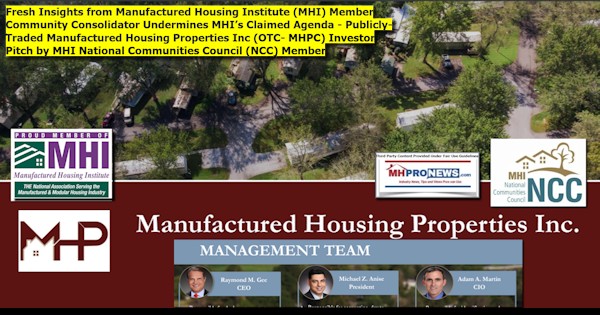
That apparent pattern of market manipulation is why other federal and state laws, such as antitrust, market manipulation, RICO, Hobbs Act, and the like should be considered in probes to further document the troubling facts about how consolidators are apparently engaged in so-called “sabotaging monopoly” tactics. To learn more about that topic, see the links reports that follow.
In conclusion, Rolfe, Shiffman, Legacy, and others mentioned above each deserve a tip of the hat, albeit not all for the same reasons. That’s your Monday edition the Daily Business News on MHProNews your best source for authentic “Industry News, Tips, and Views Pros Can Use” © where “We Provide, You Decide” © on the issues of the day regarding “News through the Lens of Manufactured Homes and Factory Built Housing.” © ##
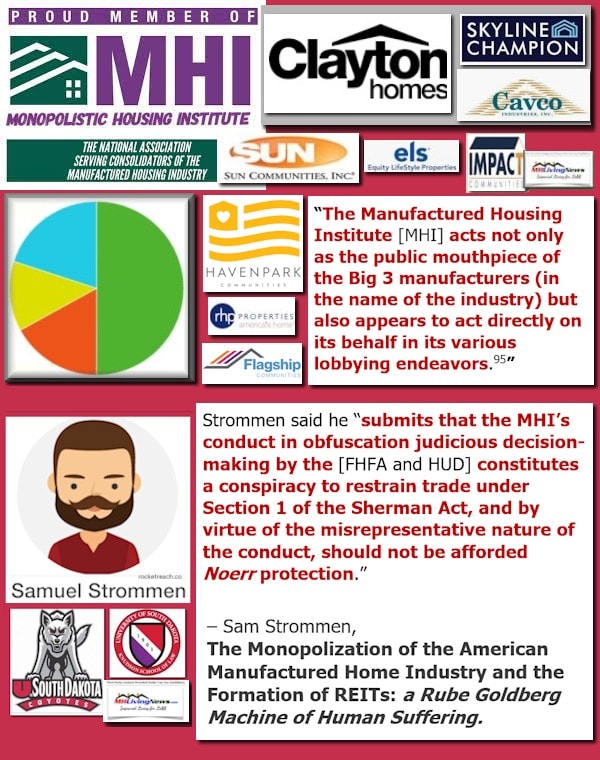

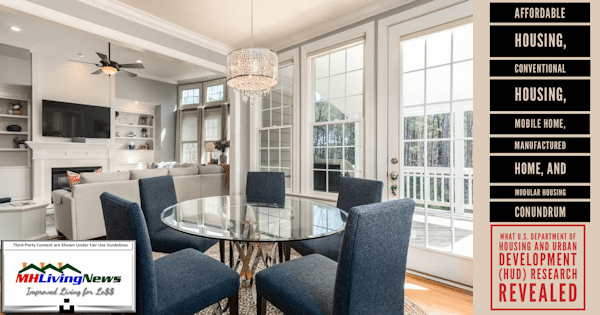
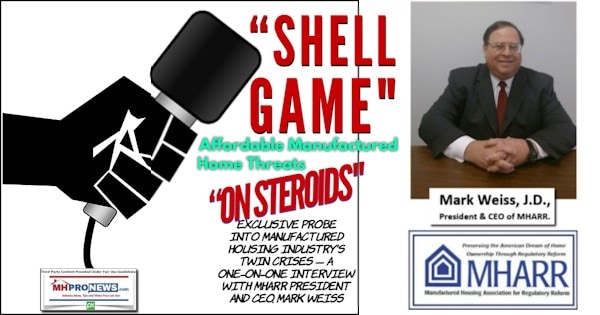
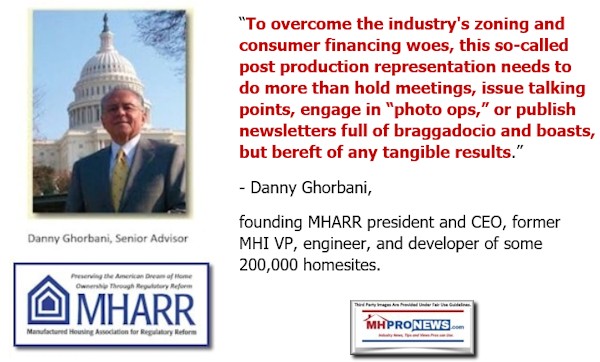

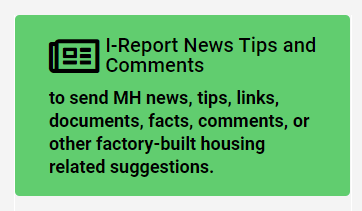
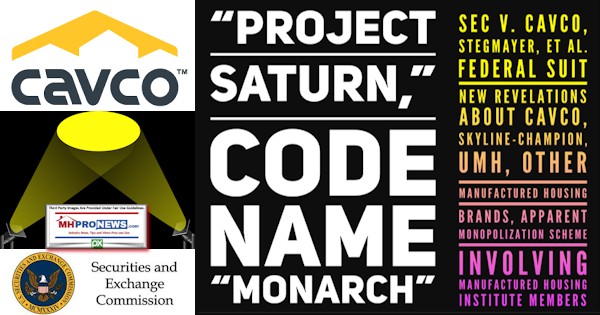
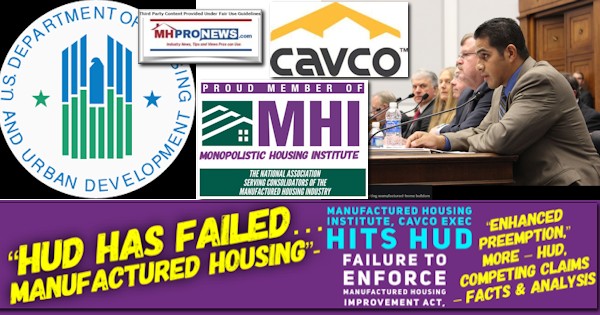
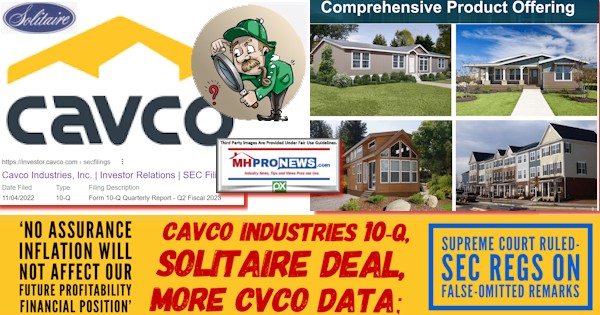
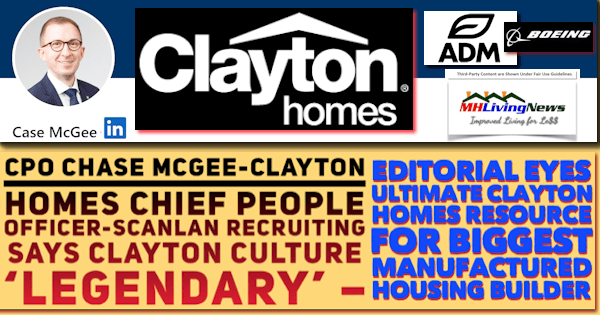
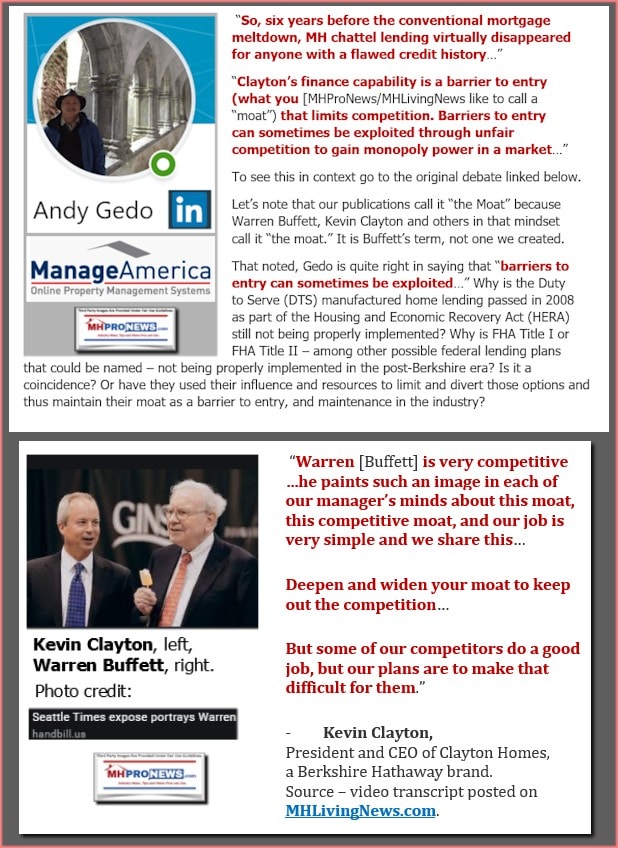
Again, our thanks to free email subscribers, all readers like you, our tipsters/sources, sponsors and God for making and keeping us the runaway number one source for authentic “News through the lens of manufactured homes and factory-built housing” © where “We Provide, You Decide.” © ## (Affordable housing, manufactured homes, reports, fact-checks, analysis, and commentary. Third-party images or content are provided under fair use guidelines for media.) (See Related Reports, further below. Text/image boxes often are hot-linked to other reports that can be access by clicking on them.)

By L.A. “Tony” Kovach – for MHProNews.com.
Tony earned a journalism scholarship and earned numerous awards in history and in manufactured housing.
For example, he earned the prestigious Lottinville Award in history from the University of Oklahoma, where he studied history and business management. He’s a managing member and co-founder of LifeStyle Factory Homes, LLC, the parent company to MHProNews, and MHLivingNews.com.
This article reflects the LLC’s and/or the writer’s position, and may or may not reflect the views of sponsors or supporters.
Connect on LinkedIn: http://www.linkedin.com/in/latonykovach
Related References:
The text/image boxes below are linked to other reports, which can be accessed by clicking on them.
